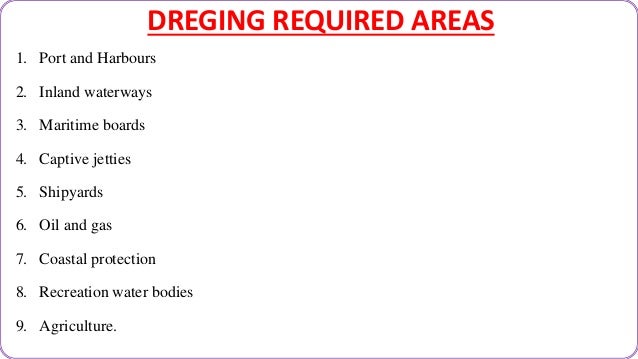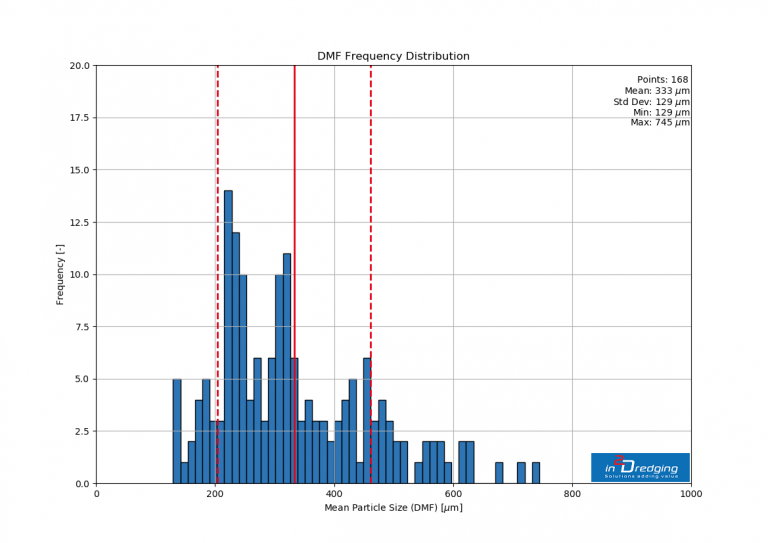
The end-of-contract procedure to verify that all data has been received/archived was modified to better define the role of the DQM Support Center in accepting the received data.The requirement to submit of a copy of the Dredge Plant Instrumentation Plan (DPIP) was removed as it is verified and accepted as part of the annual certification process.The Scow Tracking Profile was eliminated (it did not give enough information to accurately identify dredge state when using a geofence to determine the disposal event) and certain clarifications necessitated by confusion identified over time.The latest version of the Guide Specifications, (updated FY 2020), contained the following changes: Data format examples and related definitions.Table of contractor-specific deliverables.Quality assurance check descriptions and requirements (pre-dredging and during dredging).Contractor-provided sensor and data requirements.The specifications include details related to the following topics: In general, DQM contract specifications are totally performance based and are to be included as an additional section in the dredging specification. DQM specifications define minimum performance requirements for instrumentation to collect and transmit dredging data to the central USACE database located in Mobile, AL. In order to standardize the data collection requirements, the DQM Support Center has written specifications applicable to each plant type. DQM specifications spell out the general requirements for each plant type, but additional guidance on individual aspects of compliance can be found for QA checks and Certifications and for data transmissions and contractor and district personnel responsibilities.


The use of DQM on USACE Civil Works and Permit projects has been mandated for hopper dredges and scows, for pipeline dredges working unrestricted Corps contracts, and will eventually include mechanical dredges, as well.


 0 kommentar(er)
0 kommentar(er)
